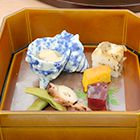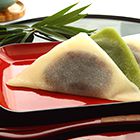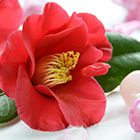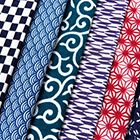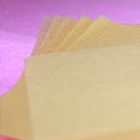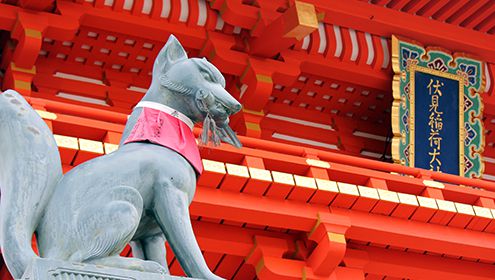
Fushimi Inari-taisha Shrine is the headquarters of the 30,000 Inari-jinja Shrines located throughout Japan and is commonly known as the "Inari". Said to have been built in 711 AD, the vermilion tunnel of the torii "Senbon Torii" is famous. The shrine is dedicated to prayers for prosperous business and gratitude and is said to have around 10,000 torii gates. The fox is considered a messenger to the god at Fushimi Inari-taisha Shrine.
It is possible to visit the shrine during the day and night, but you can purchase amulets from 7: 00 to 18: 00, and pray from 8: 30 to 16: 30. Since Fushimi Inari Taisha Shrine is spread all over Mt. Inari, you need to watch your step when visiting the shrine after sunset.
By train, get off at JR Kyoto Station "Inari Station" or Keihan Station "Fushimi-inari Station" from either station it's a 5-minute walk. By city bus, get off at "In front of Inari Taisha Shrine" bus stop and walk 7 minutes. There is a parking lot for visitors that can accommodate up to 170 cars.
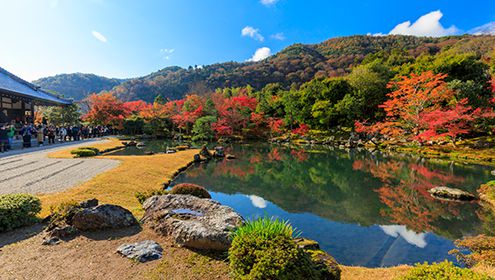
The best sightseeing spot in Arashiyama is Takemori, where you can enjoy the bamboo forest in a rickshaw, and in the evenings of December, you can see the night light shows.
You can enter directly from Tenryu-ji Temple or from Torokko Arashiyama Station side. If you walk down the 400-meter long Takemori street along the way you will come across the historic Nonomiya-jinja Shrine, where you can meet the many visitors who come to pray.
If you walk through the Takemori forest, you can see the historical Togetsukyo Bridge.
It takes about 15 minutes from JR Kyoto Station to Arashiyama (Togetsu-kyo Bridge). Take the JR Sagano Line (Sanin Line) and get off at Saga-Arashiyama Station.
Approximately 15 minutes walk from JR Saga-Arashiyama Station to Togetsu-kyo Bridge.
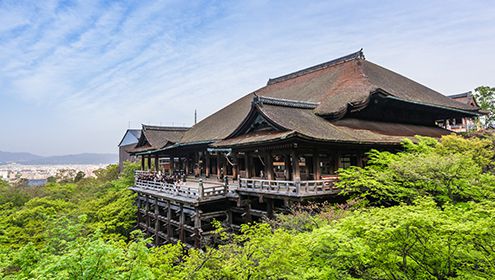
Kiyomizu-dera Temple, which attracts more than 3 million visitors a year, is considered the most famous temple in the ancient capital of Kyoto. The view from Kiyomizu-dera Temple is simply superb. You can enjoy a panoramic view of the ancient capital of Kyoto and scenery that changes its expression throughout the four seasons. The night view is also wonderful, so it is recommended to visit during evening times too. The special night visit schedule and time are changed every year, so please check in advance before visiting.
A 10-minute walk from the "Michi Shimizu" stop on the city bus. A 10-minute walk from the "Higashiyama Gojo" stop on the Kyoto Bus line.
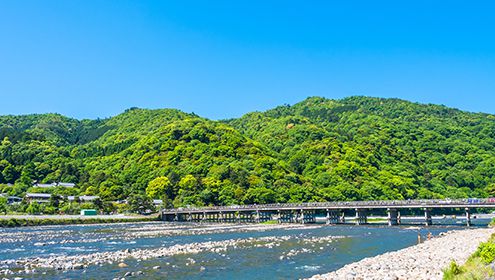
Togetsu-kyo Bridge spans 155 m across the Oi-gawa River (Katsuragawa). It is a true symbol Arashiyama. You can enjoy a variety of different views depending on the season such as cherry blossoms, fresh green leaves, autumn leaves, and snow. By the river, you can enjoy boating, leisure boat rides, and cormorant fishing in summer. The light show at "Arashiyama Hanatoro (Hanatoura) in Kyoto Prefecture" in December is also recommended. In the past, the bridge was built higher upstream but was moved to its current location in 1606 after being damaged by floods and fires.
To get to Togetsu-kyo Bridge, take the Arashiyama Main Line to "Arashiyama Station" or Hankyu Arashiyama Line to "Arashiyama Station" and walk 5 minutes. By city bus, get off at "Arashiyama" bus stop or "Arashiyama Park" bus stop and take a short walk.
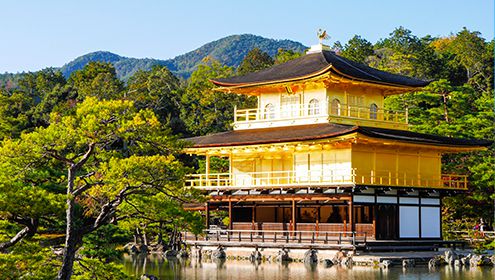
Kinkaku-ji Temple is officially called Rokuon-ji Temple (PDEFINE ~ AFFS _ ROKUNJI), a temple of the Shokoku-ji School of the Rinzai Sect. The Golden Shining Shariden "Kinkaku" is a true symbol of Kyoto and is a designated World Cultural Heritage Site. There is a circuit style garden within the temple and the Kinkaku in Kyoko-ike Pond (Kyokochi) is the perfect photo spot.
The Kinkaku is a hogyo-zukuri three-story palace. It was burned by arson in 1950 and the current one was rebuilt in 1955. Of the three floors, one is built in Shinden-zukuri style (architecture representative of a nobleman's residence in the Heian period), the second is in Buke-zukuri style (architecture representative of a samurai family), and the third is in Zen style (architecture representative of a Zen temple). The second and third outer layers are covered with gold leaf. The afternoon provides the best viewing time when the sun is in the south.
From JR Kyoto Station take a city bus and get off at "Kinkakuji-michi" bus stop, then walk 3 minutes.
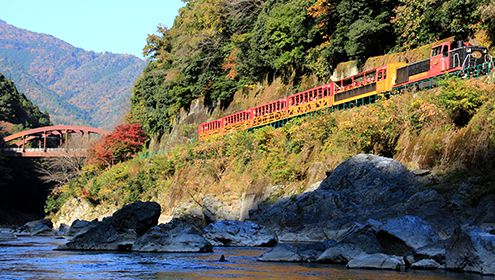
The Sagano Torokko Tram line began operation in April 1991 and offers a sightseeing route that connects Saga and Kameoka. It runs from Sagano through Arashiyama, along the Hozu-gawa River Gorge, to Tanba-Kameoka, spanning 7.3 km and taking about 25 minutes. The scenery from the train is superb, and is enjoyable throughout the four seasons; with cherry blossoms in spring, fresh green leaves in summer, red leaves in autumn and snow scenery in winter.
The Torokko train is a five-car diesel locomotive. One of the unique characteristics of this ride is taking pictures from both inside the train and outside at scenic stops along the way. There are 4 stations: "Torokko Saga Station", "Torokko Arashiyama Station", "Torokko Hozugawa Station", and "Torokko Kameoka Station".
"Saga Station" and "Arashiyama Station" provide easy access to tranquil walking areas in Saga and Arashiyama. There is also a suspension bridge across the Hozukyo Gorge in front of "Hozugawa Station" where you can enjoy a breathtaking view.
Inside the station a store sells original goods making the area a real treat for railway fans!
The starting point at Saga Torokko Station is adjacent to the JR Saga Station "Saga-Arashiyama Station". Parking is available at "Saga Torokko Station" and "Kameoka Station", so you can also drive there.
There are 8 to 10 Torokko trains per day, running every 1 hour from 9: 00 to 19: 00. Advance tickets can be purchased at JR West "Midori no Madoguchi" or travel agencies 1 month before the departure date. Tickets can also be purchased on-site at "Saga Station", "Arashiyama Station", and "Kameoka Station" ticket windows, however, it is a first-come-first-served basis a. "The Rich" train tickets are only sold on-site.
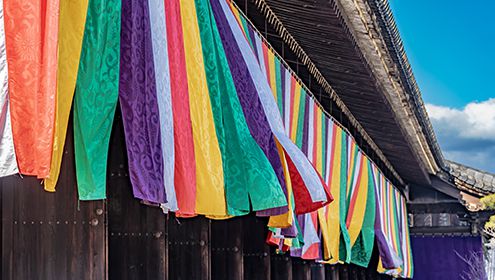
Sanjusangendo is famous for its 1000 statues of Senju Kannon, the goddess of mercy. It is officially named Rengeo-in Temple and is managed by Myoho-in Temple of the Tendai sect. The 33 bay hall is adjoint to the main hall.
The name comes from the fact that there are 33 hashirama in the inner sanctuary of the main hall that spans 120 meters from north to south. The name "33" is also derived from Kannon Bosatsu's transformation into 33 incarnations.
In the main hall, lies a seated statue of Senju Kannon (a National Treasure) that sits as the principal object of worship is surrounded by 1000 standing statues of Senju Kannon that are also designated as Important Cultural Properties. It is said that there is a statue that looks like the person you want to see or one resembling a face that looks just like your own making for a fascinating visit.
From JR Kyoto Station "Kyoto Station" take a city bus and get off at "Museum 33 Ken Domae" bus stop. A 7-minute walk from Keihan Station "Shichijo Station".
The visiting hours from November 16 to March change to 9: 00 ~ 16: 00
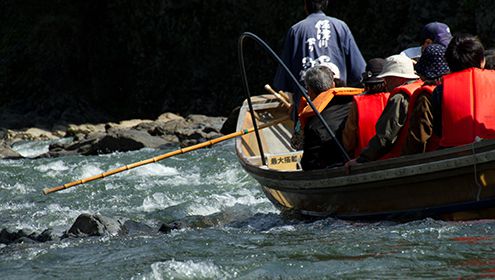
The Hozu-gawa River Boat Ride is a 16-kilometer boat ride that travels down a mountain stream from Kameoka to Arashiyama in Kyoto Prefecture. This world-famous boat ride attracts around 300,000 tourists throughout the year, who enjoy the thrill of the dropping rapids.
It is said that the origins of the Hozu-gawa River trip started from water merchants in the early Edo period ran by Ryoi Suminokura to transport goods to Kyoto and Osaka downstream by using the water flow of the Hozu-gawa River. This continued until around 1890, but it disappeared with the opening of the Japanese National Railways and the development of truck transportation after the war. Around 1895, to enjoy the beautiful scenery of the Hozu-gawa River, a tourist leisure boat began river rafting. No longer used by water merchants, Hozu-gawa river is solely for rafting for sightseeing.
The Hozu-gawa River boarding area can be reached by train or car. By train access, take the JR Sagano Line to "Kameoka Station". By car, take the Kyoto Longitudinal Expressway and exit at "Shino IC". Drive a further 10 minutes after exiting the highway. Customer parking is available for free.
Seasonal Recommend
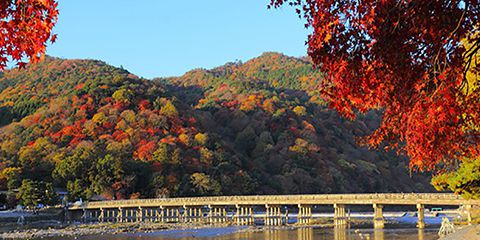
Arashiyama bus tourExplore Arashiyama with Kyoto Sightseeing Bus and see the changing scenery of the four seasons Arashiyama
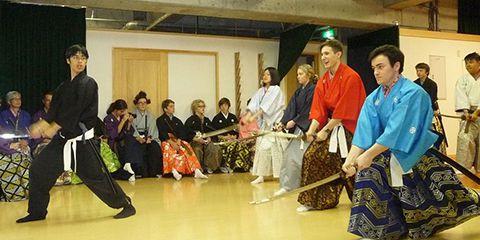
kembu lessonPrepare for battle as you learn the skills of the samurai during this 2- hour class studying the basic techniques of these ancient Japanese warriors. Providing an introduction to the basics of the samurai art. Practicing more complex movements using a sword. When your class ends, enjoy a photo session with your samurai costume and receive a certificate of completion. This samurai session also includes an English-speaking guide and instructor and a 'tenugui,' a traditional Japanese towel.
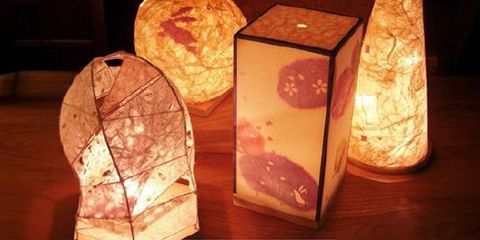
Washi AKARI Handmade ExperienceWhy do not you make your own lights only? A light of gently light Japanese paper is a healing peculiar item that also encompasses the heart. Please come and visit friends and family, friendly person. Since the completed work can be brought home on the day, as well as the commemoration of the trip, of course, you can be very happy as light gifts made with full of mind as gifts.
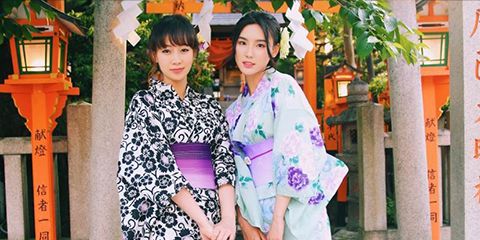
Kimono & Yukata Experience in KyotoLet's go out in Kyoto in Japanese clothing! We will coordinate Kimono or Yukata which suits you
You can rent and be dressed in a traditional Japanese clothing, Kimono or Yukata (during the summer).
Wearing a kimono, you can enjoy sightseeing until the return time 19:00.
The rental fee includes items such as footwear, bags, clothes wearing on a kimono, and so on. Just bring yourself!
About Kyoto
The home of the most typical Japanese scenery in Japan. Thanks to Kyoto's famous scenery, the number of foreign tourists in Kyoto is increasing every year. Each season offers different scenery to gaze upon with many shops to buy Kyoto souvenirs. You won't get tired of the memorising places here, no matter how many times you visit.
There are many ways you can enjoy Kyoto, such as a bus tour of popular sightseeing spots, kimono-wearing experience, and craft-making experience.
